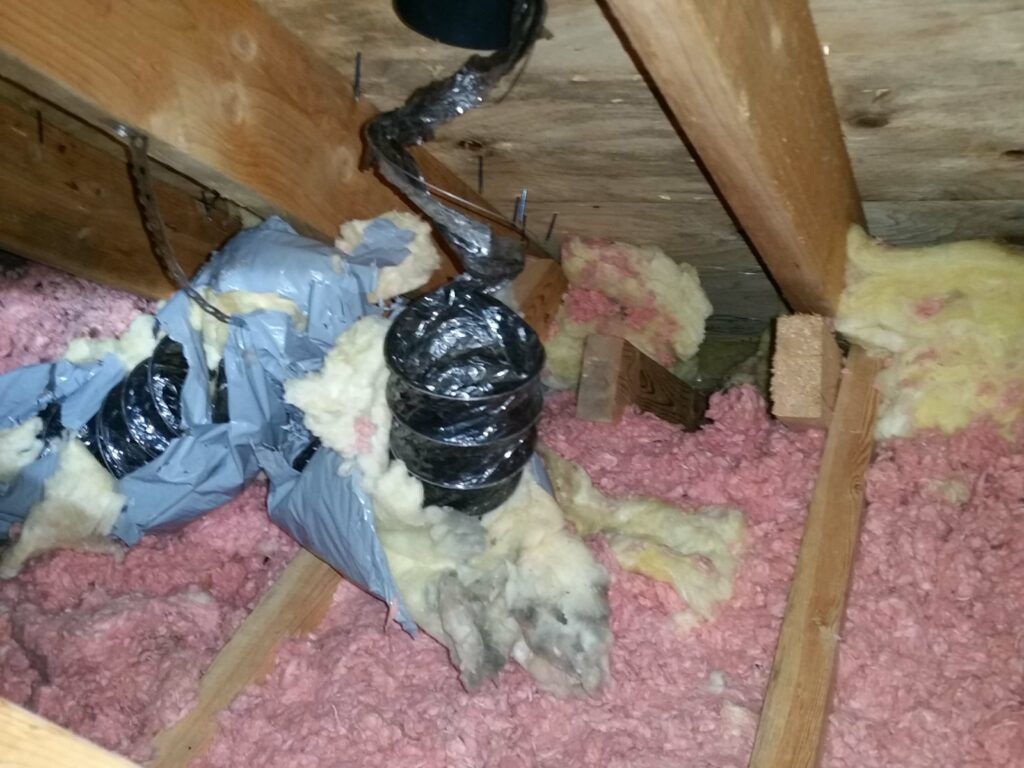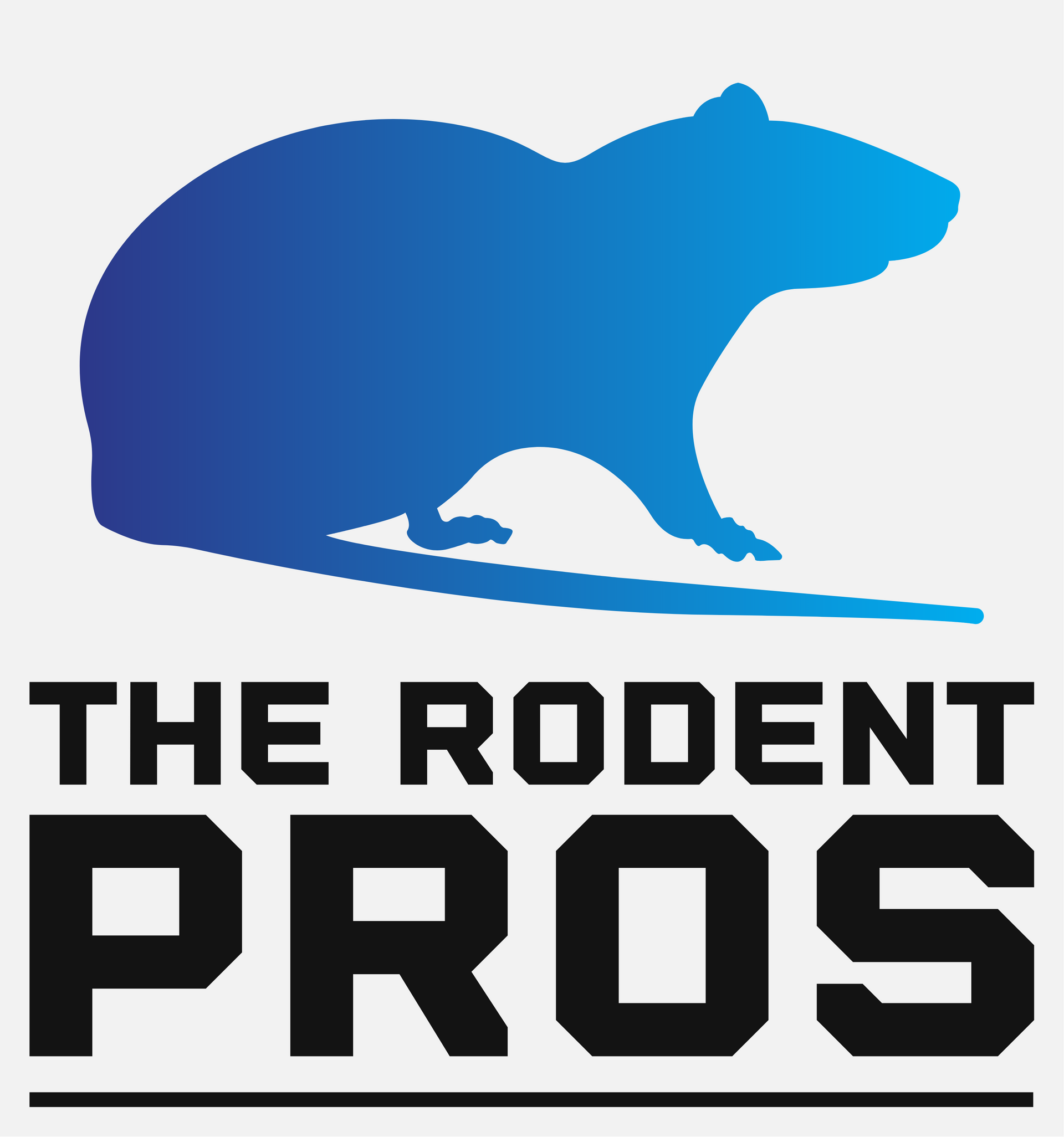
How Rats Damage Air Conditioning
Rodents can cause significant damage to ductwork and AC units, leading to costly repairs and inefficiencies in home heating and cooling systems. Here's a detailed look at the types of damages rodents can cause and their implications
Chewing and Gnawing
Damage to Ductwork: Rodents, especially rats and mice, have strong teeth that grow continuously. To keep their teeth in check, they gnaw on various materials, including ductwork. This chewing can create holes and tears in flexible ducts, as well as gnawed edges in metal ducts. Damaged ducts can lead to air leaks, reducing the efficiency of heating and cooling systems and increasing energy costs. In addition, air escaping from the ducts can result in uneven temperatures throughout the home, leading to discomfort and inefficient climate control.
AC Unit Wiring and Components: Rodents often chew on electrical wiring within AC units. Exposed wires can cause short circuits, leading to system malfunctions or complete failure of the unit. This not only necessitates expensive repairs but also poses a fire hazard. Moreover, rodents can damage other components within the AC unit, such as insulation around pipes and wires, which can lead to further operational issues and reduced lifespan of the equipment.
Contamination and Health Hazards
Droppings and Urine: Rodents living in ductwork and near AC units often leave droppings and urine, which can contaminate the air circulated throughout the home. This contamination can lead to poor indoor air quality and pose health risks to residents, including respiratory issues and allergic reactions. The presence of rodent waste in ducts can also attract other pests, exacerbating the problem.
Nesting Materials: Rodents build nests using materials they find in and around the home, such as insulation, paper, and fabric. These nests can clog ducts and obstruct airflow, reducing the efficiency of heating and cooling systems. In AC units, nests can interfere with the operation of fans and other components, leading to overheating and potential breakdowns. Additionally, nesting materials can become a fire hazard if they come into contact with electrical components.
Insulation Damage
Destruction of Insulation: Rodents often burrow into and shred insulation within ducts and around AC units to create nesting sites. This destruction reduces the insulating properties of the material, leading to increased energy loss and higher utility bills. Damaged insulation can also contribute to moisture problems, which can promote mold growth and further degrade air quality.
Structural Integrity: Continuous gnawing and nesting activities can weaken the structural integrity of ducts and AC units. Over time, this can lead to more severe damage that requires extensive repairs or complete replacement of the affected systems. The structural damage can also make it easier for rodents to re-enter and cause recurring issues.
Preventive Measures
Sealing Entry Points: To prevent rodents from accessing ductwork and AC units, it is essential to seal any gaps, cracks, or holes in the home’s exterior and interior. Regular inspection and maintenance of these areas can help identify and address potential entry points before they become a problem.
Professional Pest Control: Engaging professional pest control services can help manage and prevent rodent infestations. These services can include setting traps, using rodenticides, and implementing exclusion techniques to keep rodents out of the home.
Regular Maintenance: Routine maintenance of HVAC systems, including cleaning and inspecting ductwork and AC units, can help detect and address rodent damage early. This can prevent more extensive damage and ensure that the systems operate efficiently.
In conclusion, rodents can cause extensive damage to ductwork and AC units through chewing, contamination, and nesting activities. This damage can lead to reduced efficiency, increased energy costs, health hazards, and the need for costly repairs. Preventive measures, regular maintenance, and professional pest control are essential to protect these systems and maintain a safe and comfortable home environment.

